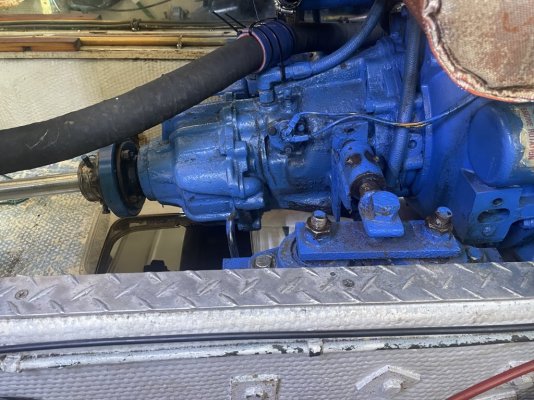mvweebles
Guru
- Joined
- Mar 21, 2019
- Messages
- 7,780
- Location
- United States
- Vessel Name
- Weebles
- Vessel Make
- 1970 Willard 36 Trawler
A couple recent threads on bluewater and such have me thinking about preventative maintenance on my damper plate of my old Borg Warner velvet drive coupled to my Perkins 4.236. Not something I've ever done. Parts are cheap enough so I thought I'd bring a damper plate with me when I return to Weebles in late October.
Any good videos of how-to videos y'all can recommend on replacing the damper plate, preferably on a Perkins 6.356/4.236 natural? Any other parts I should bring with me whilst doing this? Looks pretty straightforward but I'm not the best wrench going so some mentoring would be helpful.
Thanks in advance
Peter
Any good videos of how-to videos y'all can recommend on replacing the damper plate, preferably on a Perkins 6.356/4.236 natural? Any other parts I should bring with me whilst doing this? Looks pretty straightforward but I'm not the best wrench going so some mentoring would be helpful.
Thanks in advance
Peter

